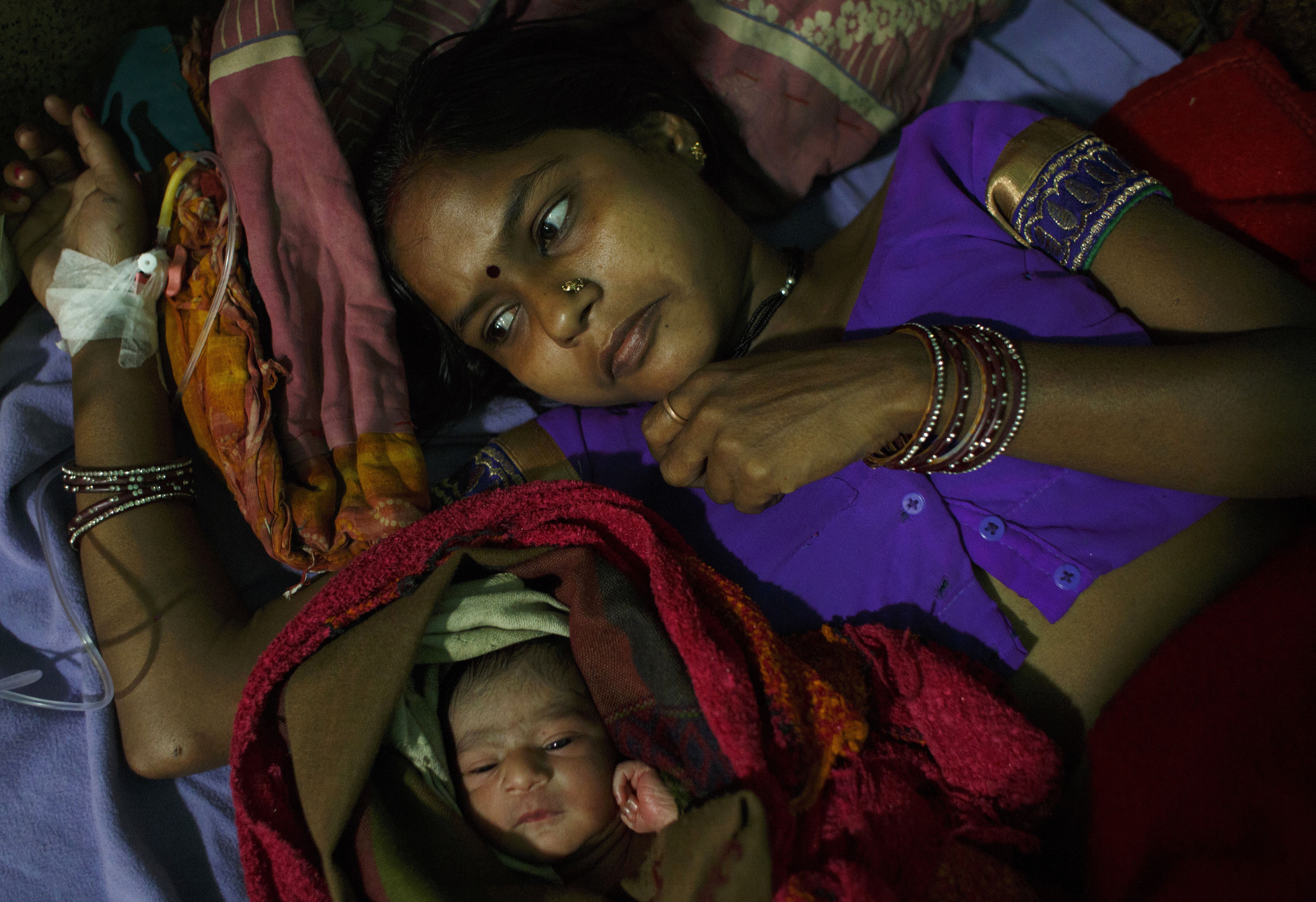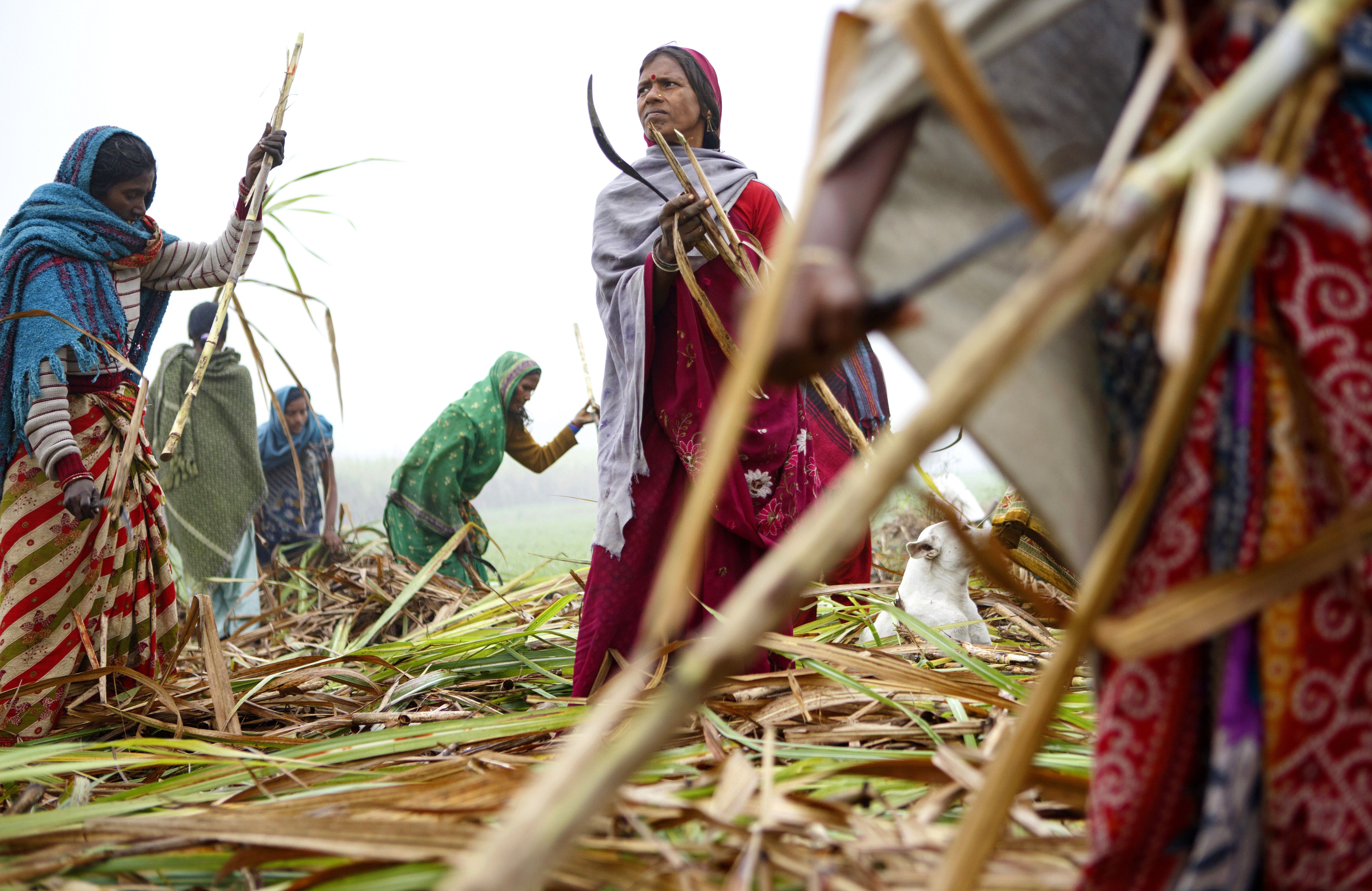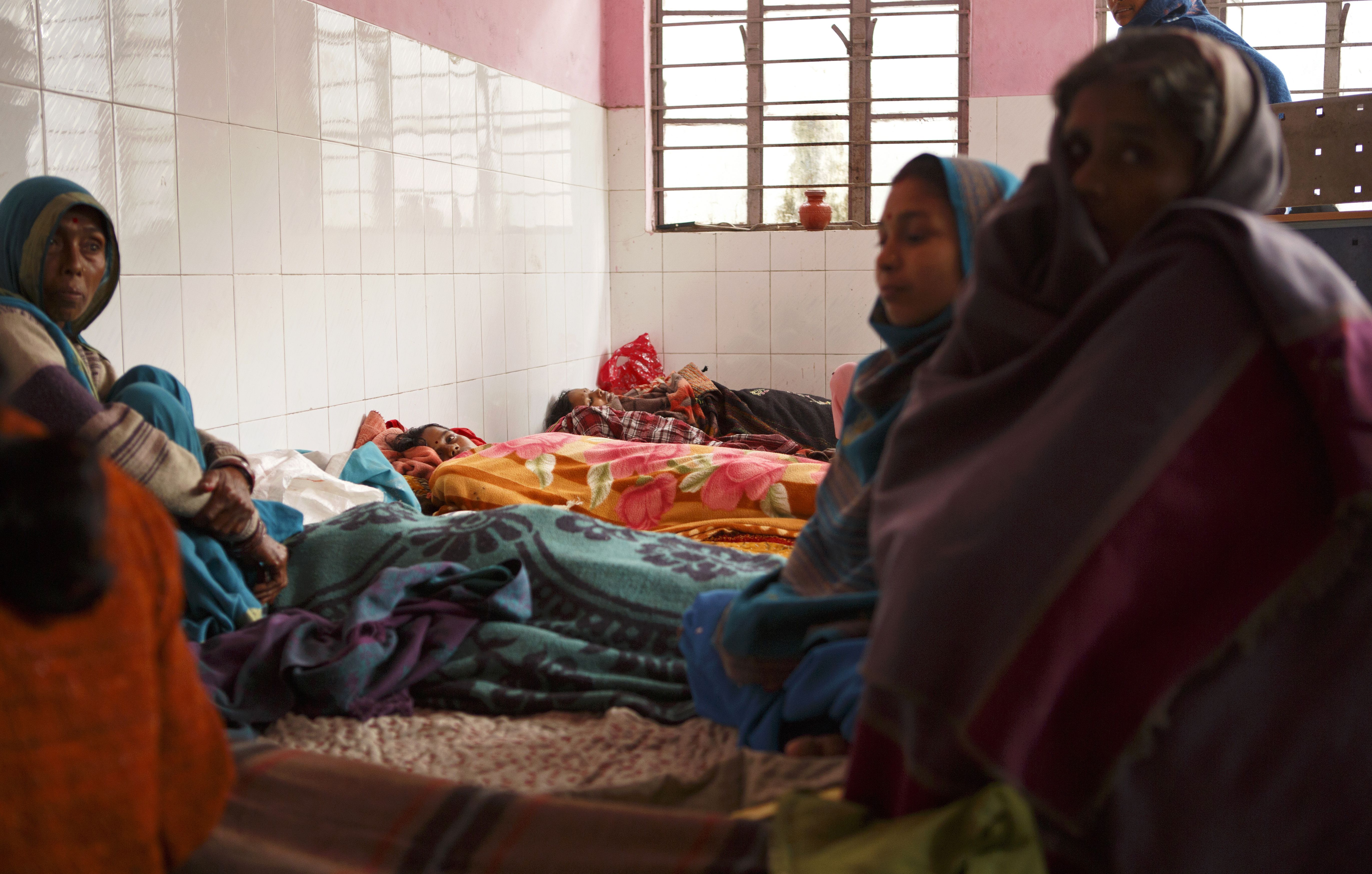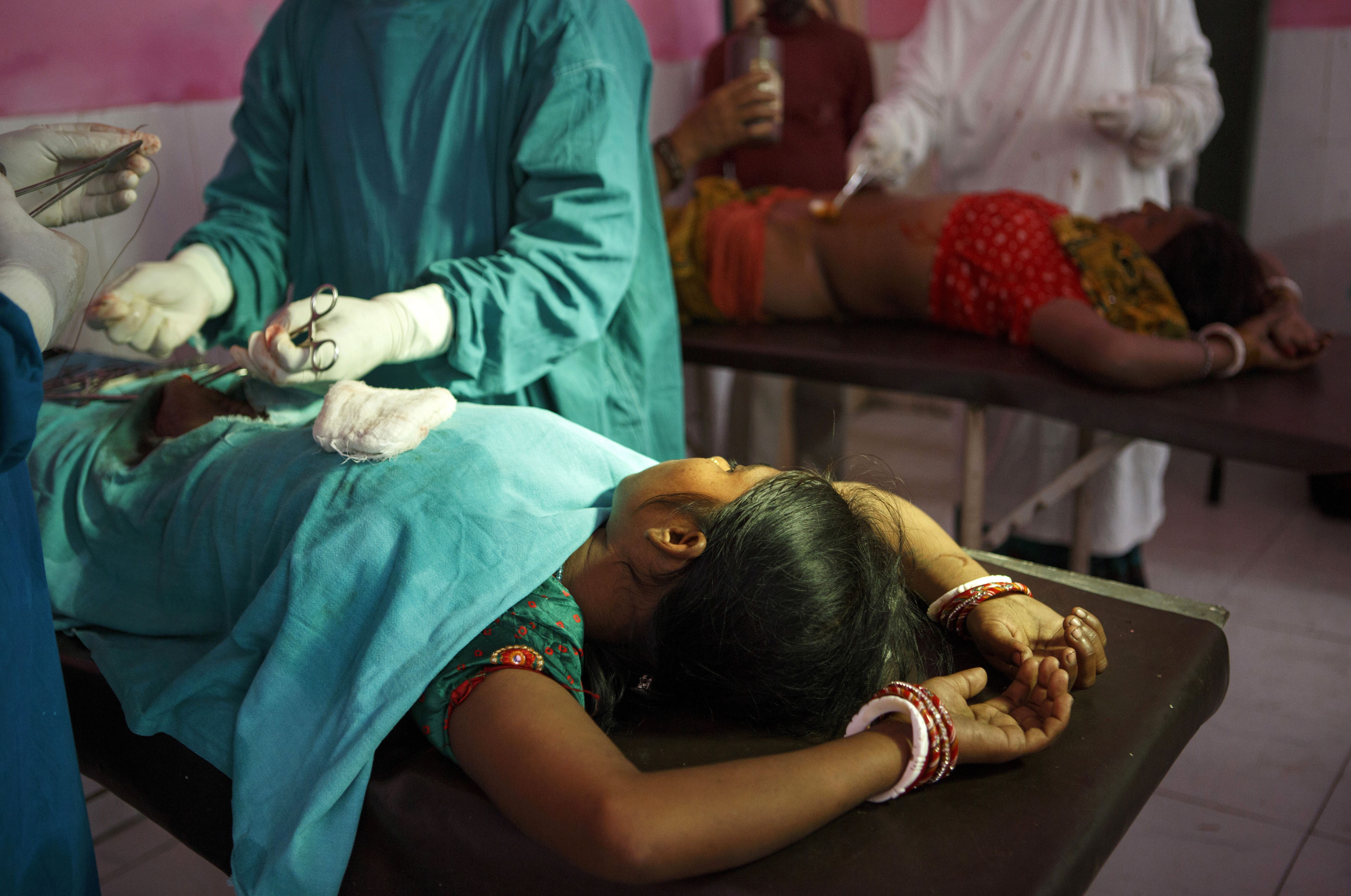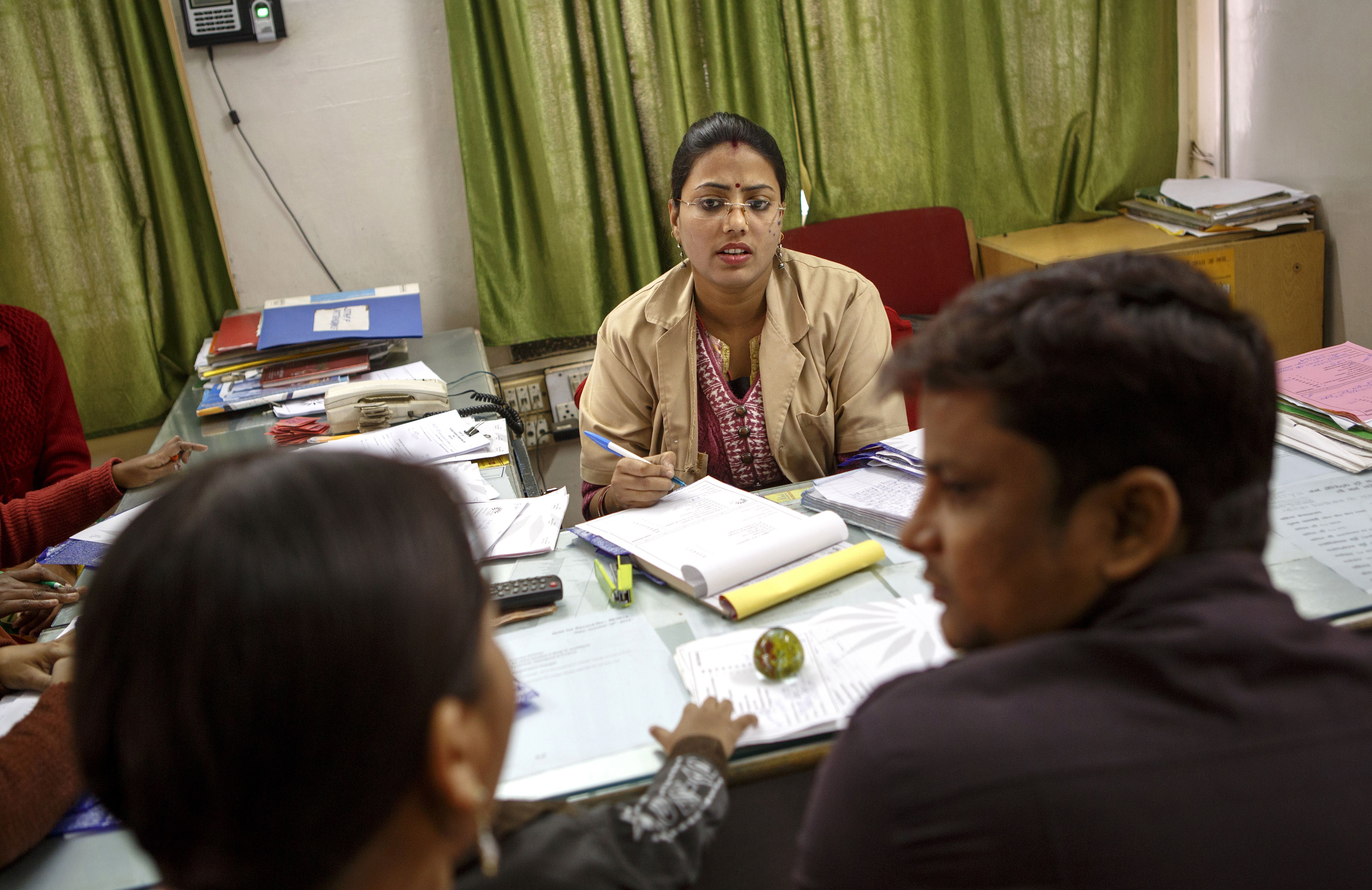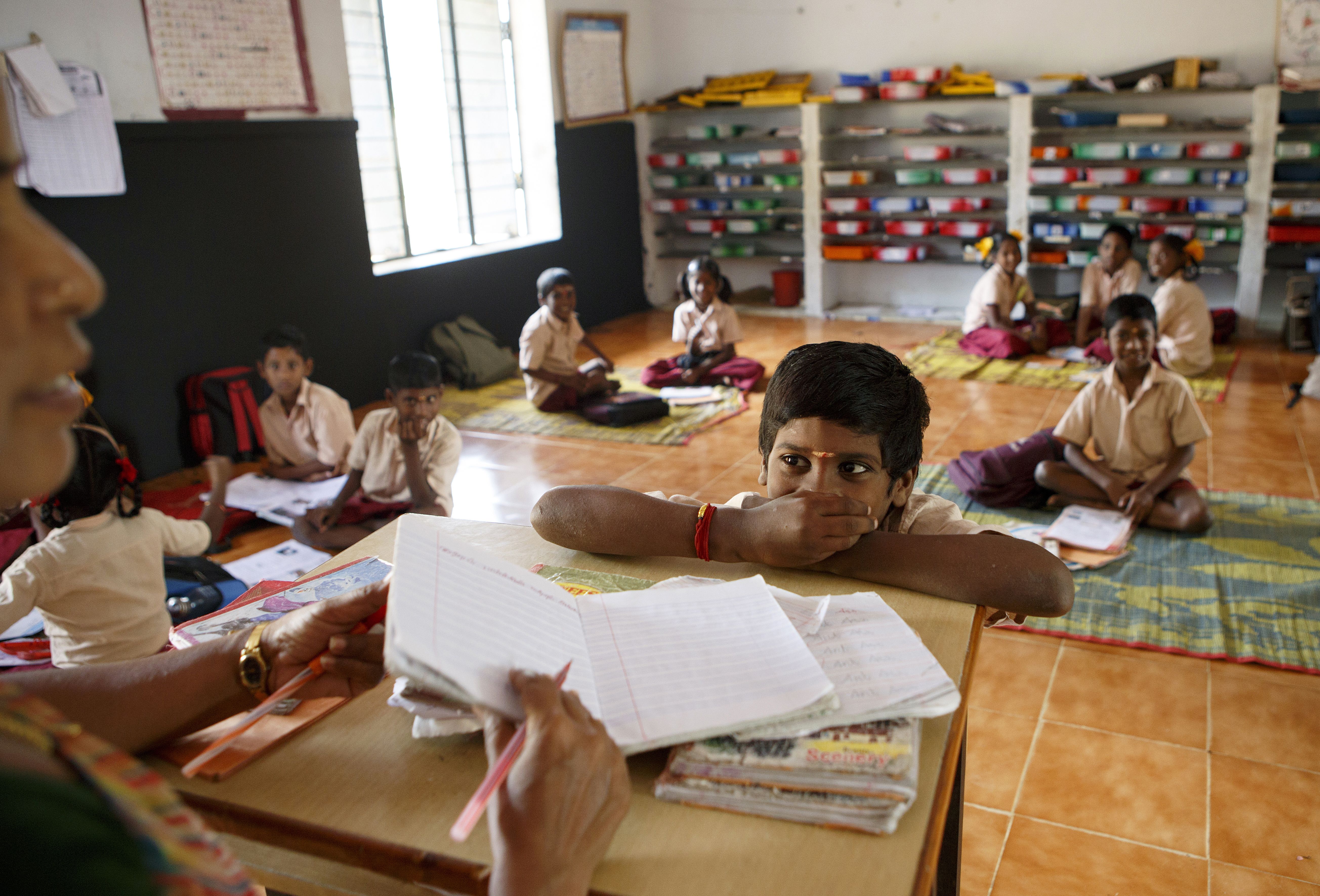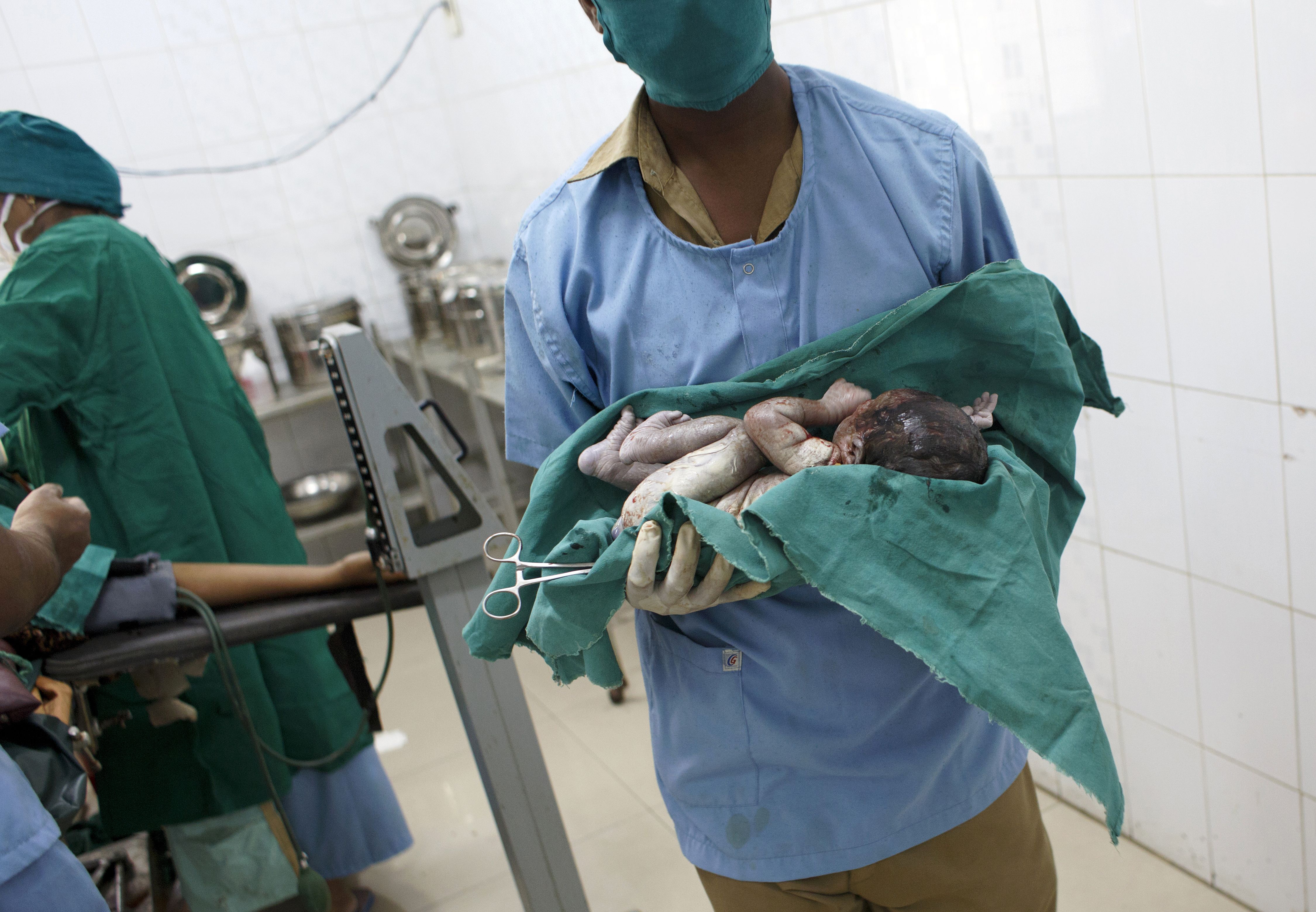Lesson Outline:
While you read the attached resources, complete the T-Chart below contrasting the differences between northern India and southern India.
Create a list of 5 questions that you would want to ask Sarah Weiser regarding this topic, if you could meet her in person.
Name___________________________
As you read and view the various articles, slideshow, and video, discuss the differences that you see in the different regions of India. How do these differences connect to the idea of population control versus focusing on people controlling the population on their own?
| Tamil Nadu (Southern India) | Bihar (Northern India) |
Reflection: What differences do you notice between North and South India?
Extension:
Creating a Plan to Engage Our Communities
Task: Create a proposal for the Indian government that will help to slow down the growth of population other than mass sterilizations. Keep in mind the differences between northern and southern India. Choose TWO social aspects that will be your focus. You will work in groups of no more than three and submit one assignment representing the efforts of all students.
Hypothesis, Presentation, and Vote:
- Write down your hypothesis.
- Conduct research with information that supports your hypothesis.
- Present your hypothesis to the Indian government in a hearing. Use charts pictures, and graphs to further prove your point.
- The government will vote on the best solution
Helpful Hints
- RESEARCH. Specific data and examples make your strategy stronger (and a bibliography of at least 3 sources is required). Several sources are available at the Pulitzer Center website.
- Make your presentation easy to understand by using pictures, charts and graphs.
Content
Presenters include an annotated bibliography with at least three sources.
5 4 3 2 1 0
Presentation reflects an in-depth analysis of the hypothesis being presented. The presentation includes at least 2 social aspects of how to solve this crisis.
20 15 10 5 0
Presentation uses pictures, charts, and graphs to help prove your hypothesis to solve the population problem.
10 7 5 3 0
Presentation Preparation:
Group members responsibly and effectively used preparation time in class.
5 4 3 2 1 0
Delivery:
Presentation was organized, clear, poised, rehearsed, and held the attention of the audience.
10 8 6 4 2 0
Presentation was entertaining and showed a carefully planned hypothesis.
5 3 0
Presentation was 4-5 minutes.
5 4 3 2 1 0
Total ___________/60 points
This lesson uses reporting by Sarah Weiser and others to examine how population pressures have been dealt with in various regions.




